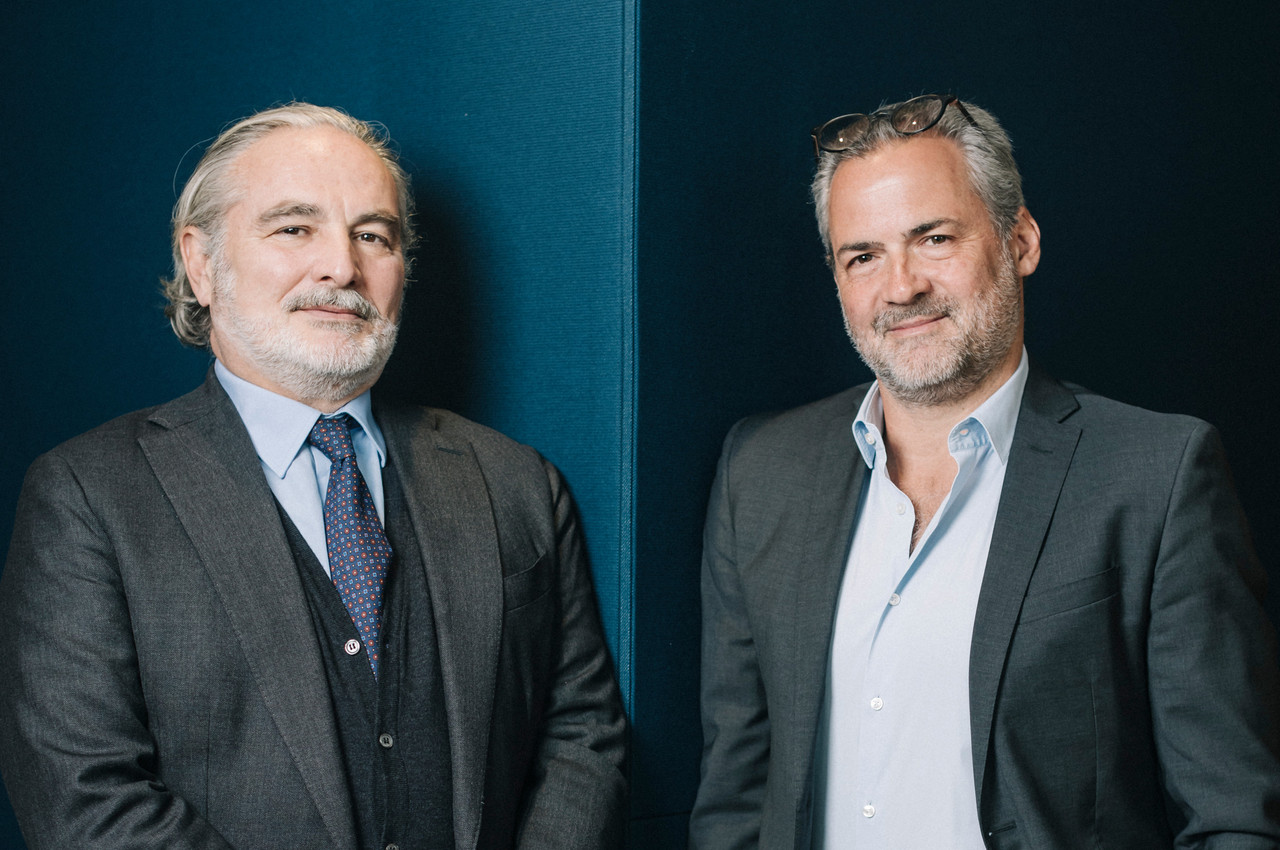David Kruk from LFDE mentioned that October was the month to position portfolios for the “disinflation theme” with the “equity market slightly recovering” boosted by “better than expected earnings in 4Q22,” “unexpected positive growth revisions on a weekly basis by the US brokers” earlier this year and the reopening of the Chinese economy.
The effect of the rate hikes takes about one year to impact the economy, which is about right now but is not fully reflected in the [US] economy
The month of March was characterised by the US regional bank crisis which came as a surprise given that “the market was not expecting any bad surprises,” said Kruk. April was supported by “resilient macro figures,” further growth revisions by the brokers, a revival of M&A activity, the perception by the market that the economy may avoid a recession and a “less problematic inflation issue.” He thought that the market would have decelerated in 2023 given that we have seen about “400 rate hikes across the world in 2022” and “50 so far this year,” said Kruk. “It was difficult to see a different outcome.”
How will higher interest rates impact the economy?
It is still unclear whether “we will see a soft or a hard landing or even no landing,” Kruk noted. “We are not in a blue-sky scenario,” but we may avoid a recession and a declining focus on inflation” given the recent “CPI in line with expectations and a PPI at a level lower than expected.” One may not observe lower inflation at the supermarket, yet, but the “markets are playing themes, i.e., what will happen in six months?”
Kruk believes that “inflation will stay there but it is not a theme anymore in the markets.” That may explain why he expects the US Federal Reserve to hike by only 25 basis points on 3 May whereas the European Central Bank should continue the trend upward with three more hikes in 2023, with the next one also expected at 25bps.
“The effect of the rate hikes takes about one year to impact the economy, which is about right now but it is not fully reflected in the [US] economy,” said Kruk. He warned that “the credit card data showed a drop of 3.2% and 18% of consumption in the first two weeks of April coupled with negative reading on consumer confidence two weeks ago.
“The retail investors in the US own about 39% of the S&P 500, whereas it is 12%-13% in Europe,” a context that affects the mood of consumption which continue to hold given that the US consumers have started to dip into their savings. This will stay a source of focus by the markets as the wealth of “retail investors in the US market has been a crucial element of the strength of the S&P 500, always there to buy the dip in the last two years.”
Even more negative is that the crisis at the regional banks continues to be a concern as they are the “largest contributor of credits” in the US economy” and that further “bank blow-ups” may be major elements that could affect growth or even a recession.” He also noted that the market has been particularly sensitive to the news flow on banks.
Is the market positioned to further support the late rally?
Kruk is not too concerned at the “micro level” as the “Q1 expectations have been priced for weaker earnings which has helped the companies to beat the new expectations. Kruk also took note of various reports from brokers outlining relatively low net exposure to equities by hedge funds, a relatively high level of cash by institutional investors, the highest overweight of bonds over equities since 2009 and “a bull/bear indicator (Merrill Lynch survey covering more than 1,000 clients) at 2.3 (from 0-10).” He stated that a level below 2 is an “obvious contrarian signal” and a market flow “mechanical support.”
What is coming next?
“A significant consolidation of the markets is more likely in the fourth quarter, if any, should we come to realise that the economy will encounter a hard landing,” said Kruk. In the meantime, “A small retreat by the market will likely pull back the underweight investors into the equity markets,” said Kruk. He thinks that the range observed by the market is currently between 3800 and 4200 on the S&P.
Finally, Kruk expects the EURUSD to continue to climb in Q2, by one or two cents, to 1.13-1.14 given that more rate hikes are expected by the ECB.

